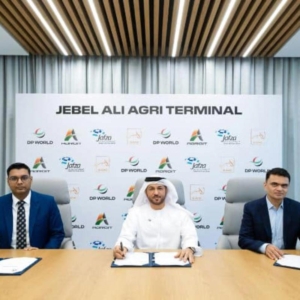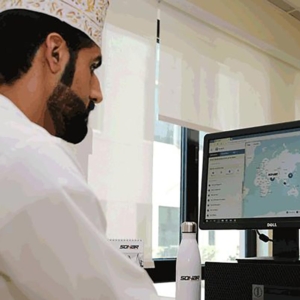




DP World to invest $54.5 million in Jebel Ali’s agriculture-focused terminal
December 12, 2022
No Comments
Read More » 
DP World’s growth numbers outperform industry average by 127%
December 12, 2022
No Comments
Read More » 

Imports at Omani ports jump 28% in first five months of 2022
December 12, 2022
No Comments
Read More » Contact Us
Contact Us
Menu
Address
Our Offices
-
🇹🇷Istanbul, Turkey
Molla Gürani, Akkoyunlu Sk. No 54, D:2, 34093 Fatih/İstanbul -
🇦🇪Dubai, UAE
No 202, Al wasl PR1076 Bldg, Al Ras, Deira Old Souq, Murshid Bazaar -
🇴🇲Muscat, Oman
1046, 5914 Alley, Near Middle East College (KOM), Al Rusayl Industrial -
🇮🇷Tehran Warehouse, Iran
60 Metri Ave, Yekom Shomali St, Keshavarz St, Isar Alley, Shourabad -
🇮🇷Shiraz Warehouse, Iran
Aboozar Ghaffari Blvd, Kar St, Kooche 4, Shiraz, Fars Province
